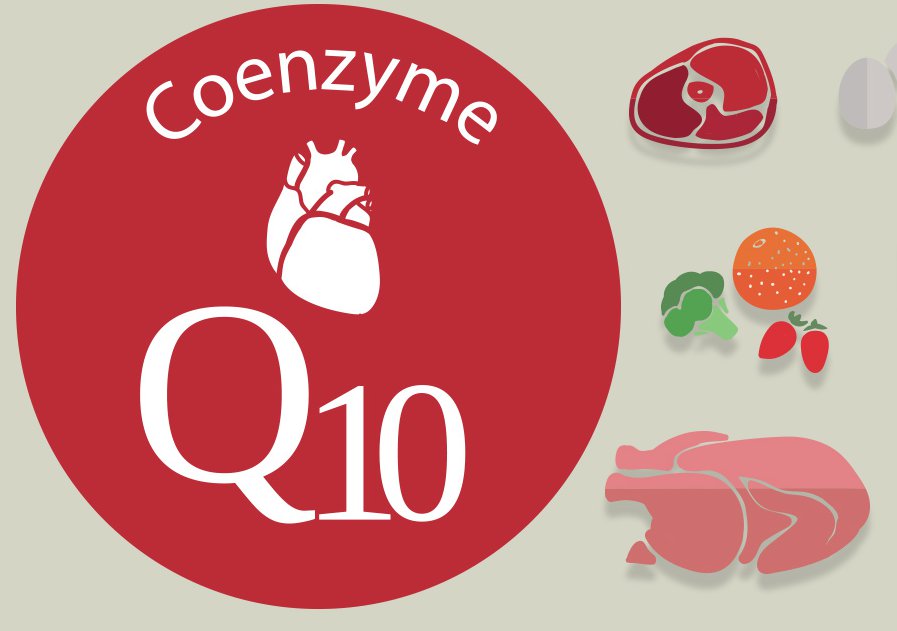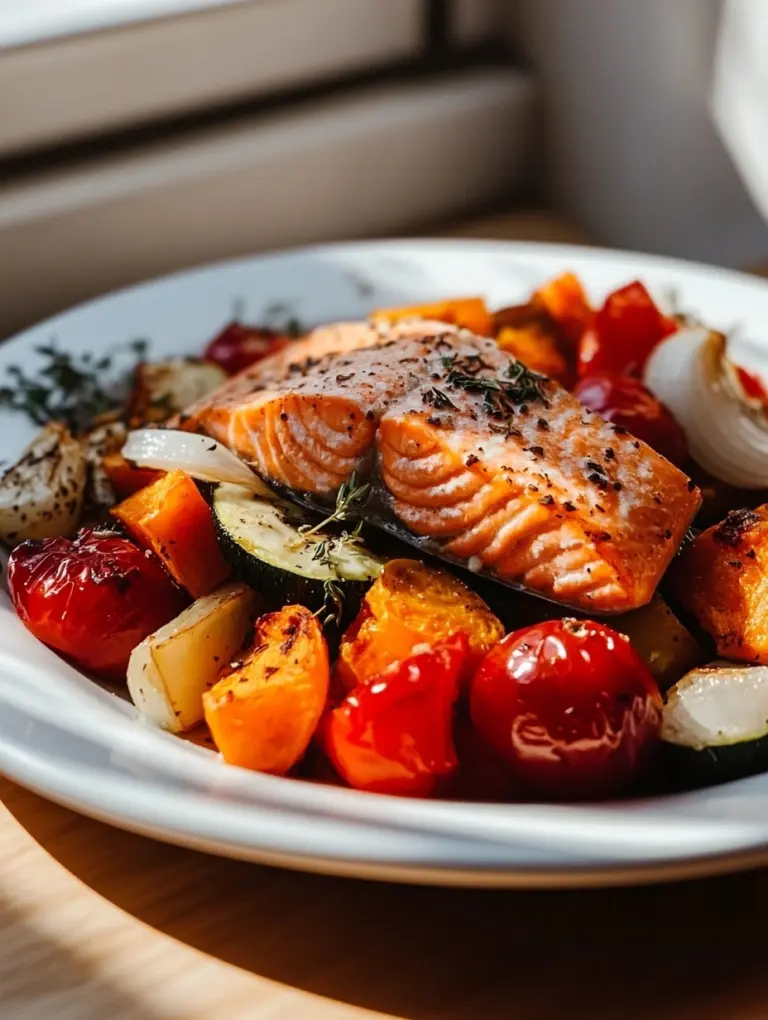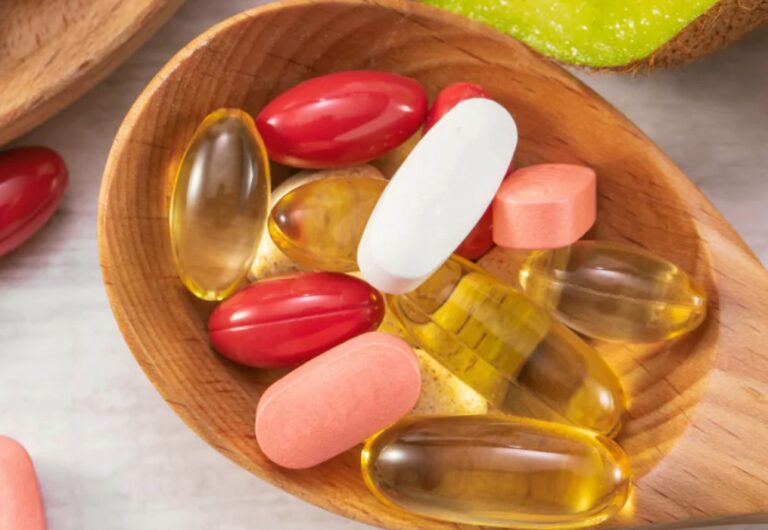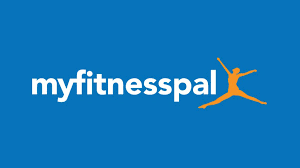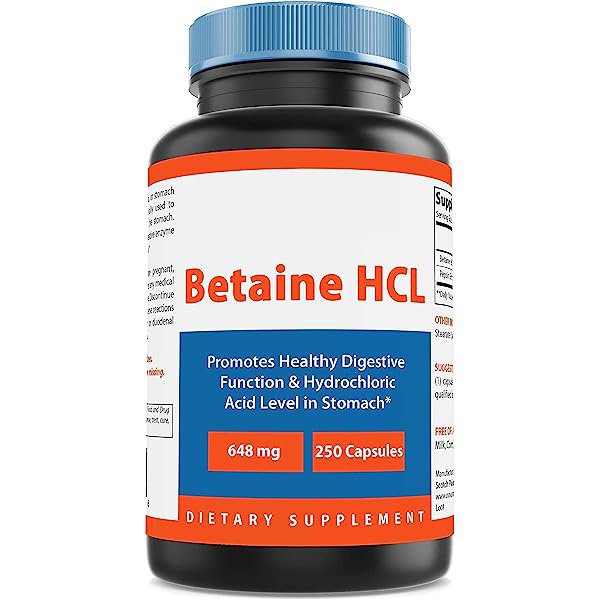From Gym to Golden Years: The Comprehensive Guide to CoQ10 Benefits
From Gym to Golden Years: The Comprehensive Guide to CoQ10…
From Gym to Golden Years: The Comprehensive Guide to CoQ10 Benefits
Introduction
Let me tell you about my neighbor, Linda. At 62, she’s training for her first half-marathon. Last year, she could barely walk up a flight of stairs without gasping for air. Then her doctor suggested something called Coenzyme Q10 (CoQ10). Fast-forward six months: Linda’s not just jogging—she’s outrunning runners half her age. Stories like hers aren’t magic; they’re science. But is CoQ10 right for you? Let’s dive in.
What is CoQ10? The Body’s Unsung Hero
Imagine your cells as tiny factories. The mitochondria? Those are the power plants inside them. CoQ10 is the foreman—the one keeping the lights on. Without it, your cells can’t produce ATP, the energy currency that fuels everything from lifting weights to lifting grandkids.
Here’s the kicker: Your body makes CoQ10 naturally, but production starts dropping in your 20s. By 40, levels plummet by 30%. For athletes, this can feel like hitting a wall mid-training. For older adults, it’s like running on a fading battery.
But here’s the good news: CoQ10 isn’t just for Olympians or retirees. Whether you’re a CrossFit junkie or a weekend gardener, this molecule might be your secret weapon.
The Energy Boost You Didn’t Know You Needed
Let’s talk about Mark, a powerlifter I coached. Despite eating clean and sleeping 8 hours, he’d crash halfway through workouts. Then he tried CoQ10. Within weeks, he was hitting PRs—not because he trained harder, but because his cells worked smarter.
How it works:
CoQ10 shuttles electrons in mitochondria to create ATP. More ATP = more energy. Think of it as upgrading your body’s fuel from regular to premium gas.
Science says:
A 2021 study in the Journal of the International Society of Sports Nutrition found athletes taking CoQ10 improved endurance by 15%. But here’s what the study didn’t tell you: The athletes also reported fewer “crash-and-burn” moments post-workout.
The Fine Print on Fatigue:
CoQ10’s impact isn’t limited to athletes. A 2019 trial in Nutrients found that sedentary adults with chronic fatigue saw a 25% improvement in energy levels after 8 weeks of supplementation. The key? Consistency. Unlike caffeine, CoQ10 doesn’t provide a quick buzz—it rebuilds your cellular energy infrastructure over time.
The Antioxidant You’ve Been Overlooking
Free radicals aren’t just a buzzword—they’re the reason your post-workout smoothie turns brown. These unstable molecules damage cells, speed aging, and leave you sore for days.
CoQ10 fights them like a microscopic bodyguard. It donates electrons to neutralize free radicals, reducing oxidative stress. Translation: Faster recovery, fewer aches, and skin that doesn’t scream “I survived leg day.”
Pro tip: Pair CoQ10 with vitamin E. One study showed this combo slashed muscle damage in marathon runners by 40%.
But Wait—There’s More:
CoQ10 also recycles other antioxidants, like vitamin C and glutathione, making them more effective. It’s like having a backup squad for your body’s defense team.
Heart Health: Not Just for Cardiologists
Your heart beats 100,000 times a day. Athletes? Double that during training. CoQ10 supports cardiovascular health by:
- Improving blood vessel flexibility (like greasing a rusty pipe)
- Reducing oxidative damage to heart tissue
- Helping regulate blood pressure
Take my client Jake, a cyclist with a family history of heart issues. After adding CoQ10, his blood pressure normalized—and he finally conquered the mountain pass he’d been avoiding for years.
The Statin Connection:
If you’re on cholesterol-lowering statins, listen up: These drugs deplete CoQ10 levels. A 2017 review in Mayo Clinic Proceedings found that CoQ10 supplementation reduced muscle pain and weakness in 50% of statin users. Talk to your doctor—this could be a game-changer.
Stamina: The Difference Between Good and Great
CoQ10’s impact on stamina isn’t just hype. In a 2020 trial, soccer players taking CoQ10 sprinted 8% faster in the final quarter of games. Why? Better ATP production means muscles stay fueled longer.
But here’s the catch: Results vary. One triathlete told me CoQ10 gave her “steady energy,” while a bodybuilder said it just “took the edge off fatigue.” Your mileage may depend on diet, genetics, and how hard you push.
The Endurance Edge:
For endurance athletes, CoQ10’s role in oxygen utilization is critical. A 2018 study in Applied Physiology, Nutrition, and Metabolism found cyclists taking CoQ10 had 12% better oxygen efficiency during uphill climbs. Translation: More power with less effort.
Aging Gracefully: More Than Skin Deep
My 70-year-old yoga instructor, Gloria, swears by CoQ10. “I don’t bounce back like I used to,” she admits, “but with CoQ10, I’m not falling apart either.”
As we age, CoQ10 levels drop, leading to:
- Slower muscle repair
- Brain fog
- Wrinkles (thanks to collagen breakdown)
Supplementing can’t turn back time, but it might slow the clock. A 2019 study found older adults taking CoQ10 had 20% better cognitive scores than peers.
Skin Savior:
CoQ10’s antioxidant properties protect skin from UV damage and boost collagen production. In a double-blind trial, participants using topical CoQ10 saw a 33% reduction in wrinkles over 6 months. While supplements won’t replace sunscreen, they’re a solid backup plan.
The Brain-Body Connection
CoQ10 doesn’t just protect muscles—it guards your gray matter too. Research hints it may:
- Sharpen focus (crucial for athletes mastering technique)
- Reduce risk of neurodegenerative diseases
- Improve mood by supporting dopamine production
One ultrarunner I know calls CoQ10 his “trail brain fuel.” Whether that’s placebo or science, he hasn’t gotten lost in the woods since starting it.
The Alzheimer’s Link:
While research is early, a 2020 study in Antioxidants found that CoQ10 reduced amyloid-beta plaque formation in animal models—a hallmark of Alzheimer’s. For aging adults, this is a glimmer of hope worth exploring.
How to Use CoQ10: A No-Nonsense Guide
1. Pick the Right Form
- Ubiquinone: Affordable, works for most people.
- Ubiquinol: Better absorbed, ideal if you’re over 40 or on statins.
2. Dose Smart
- Beginners: 100-200 mg/day with breakfast.
- Athletes: 200-400 mg/day (split morning/afternoon).
- Golden Years Crew: 200-300 mg/day.
3. Eat Fat with It
CoQ10 is fat-soluble. Pair it with avocado, nuts, or olive oil.
4. Be Patient
It takes 4-8 weeks to feel effects. Mark (our powerlifter) noticed changes at week 5.
5. Quality Check
Skip bargain brands. Look for:
- NSF Certified for Sport (if you’re competing)
- USP Verified (ensures potency)
- No fillers (avoid “proprietary blends”)
The Fine Print
- Statins: These cholesterol drugs drain CoQ10. If you’re on them, talk to your doctor.
- Blood Thinners: CoQ10 may interact—another reason to consult a pro.
- Pregnancy/Breastfeeding: Limited research—play it safe and avoid unless advised.
The Bottom Line
CoQ10 isn’t a miracle pill, but it’s close. For athletes, it’s a legal edge. For aging adults, it’s a lifeline. And for anyone stuck in an energy slump? It’s worth a shot.
Just ask Linda. She just signed up for her second half-marathon—at 63.
Remember, while CoQ10 shows immense promise, it’s essential to always ensure any new supplement or regimen is right for your unique health and wellness needs.

